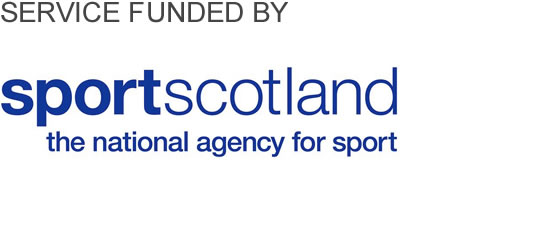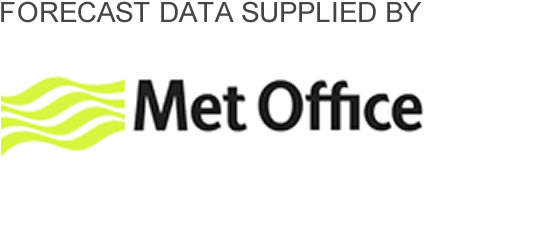Big Snow = no show.
29th January 2021
Covid -19
The Scottish Avalanche Information Service issues information to support permitted activity under current Scottish Government guidance.
Please be aware of current mandatory travel restrictions in Local Authority areas within Scotland and respect local communities by referring to Scottish Government guidance and safe route choices for exercise. For further guidance please refer to the following information for hillwalkers and climbers and snowsports on ski and board.
This blog is intended to provide hazard and mountain condition information to help plan safer mountain trips.
(Above) The brutal option. West-facing approach slopes to Carn Liath: the fall line directly from the Coire Ardair path to the col below Carn Liath. More or less complete cover above 350m today and will remain the same on Saturday. Skis still the preferred method of transport since you don’t want to be doing what I resorted to today, as shown above. Deep snow on the approach slopes with any point of the compass with West on it at the moment. Better and easier travel up high where there’s been some wind erosion. Extra bonus points for finding a wind scoured ridge to get you there.
Didn’t get anything like the amount of snow we were expecting overnight and during the morning on Friday, just an hour or so of light snowfall. Drifting was still a thing though (see below) in the cold ENE winds, especially above 650m, so we did get some new windslab development but nothing like as pronounced as anticipated.
(Above) Drifting. Looking out from Carn Liath towards Loch Laggan and beyond.
Moderate hazard for Saturday but you’ll still need to be using safe travel techniques especially above 900m. Moderate hazard doesn’t mean you’re in the clear when it comes to avalanches. If anything you need to be more alert to signs/clues since instability can be more nuanced. Have a look at the stats below for *fatal avalanche accidents involving people across N. America (2008), France (2001 – 2011) and Switzerland (1997 – 2016):
Where, 1 = Low, 2 = Moderate, 3 = Considerable, 4 = High, and 5 = Very High
*The above graphics are for fatalities so don’t include stats for those who got themselves avalanched and were badly but not fatally injured, the walking wounded, those who walked away totally unscathed, or those who had a near-miss.
Just sayin’.
Comments on this post
Got something to say? Leave a comment









Colin Stanfield
29th January 2021 6:08 pm
So when the risk is high folks are more cautious and either avoid the hills / mountains or take more care. When the risk are low the fatalities are low BUT when the risk is moderate, people are less cautious (relaxed??) and get caught out! Interesting.
meagaidhadmin
29th January 2021 6:26 pm
Understanding people’s thinking and appreciation of avalanche hazard levels is something we discuss quite a lot out of season. In a similar but related field, the Met Office has done quite a lot of basic research into the way people perceive and act on (or not act on!) their weather warnings and forecasts.
The message is one thing. How people interpret it is another.
Did you hear that? It’s the sound of a PhD research proposal being formulated…